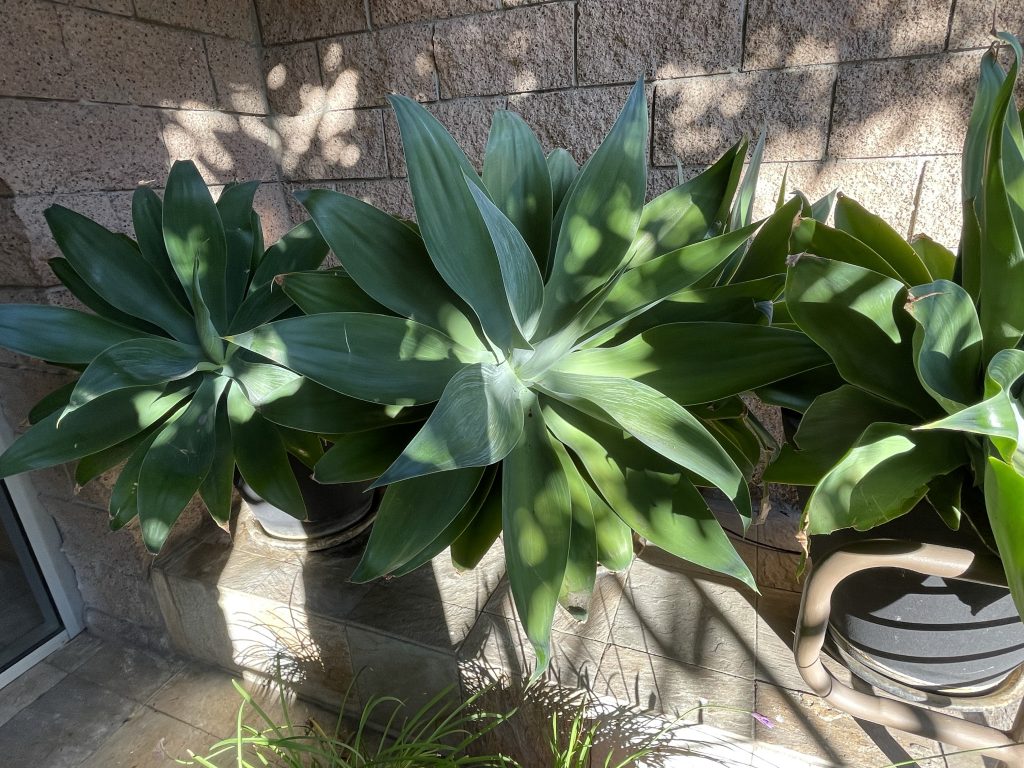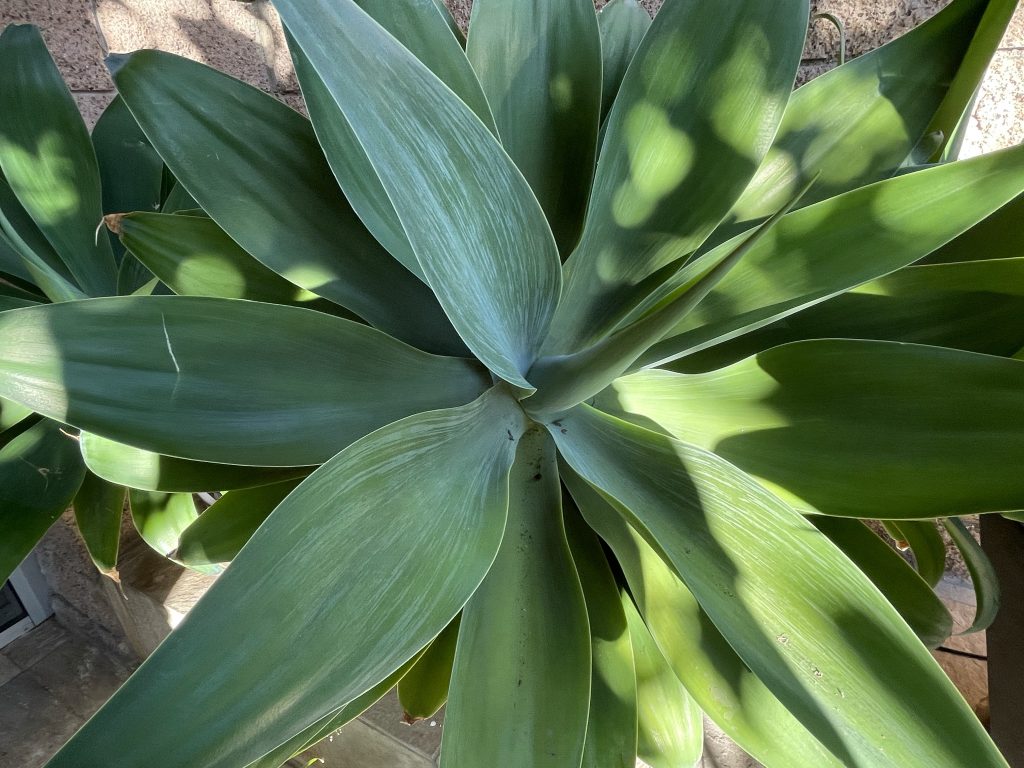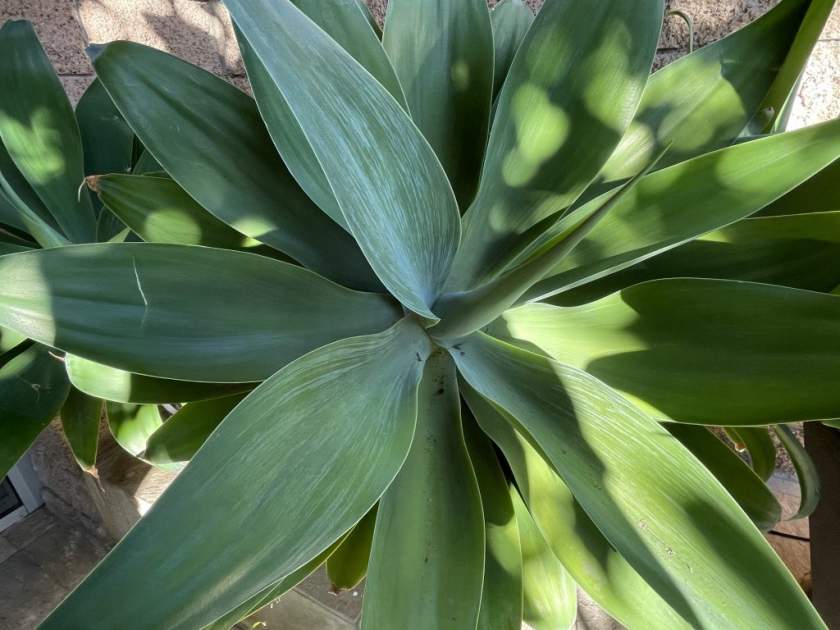Agave attenuata is native to Mexico and part of the Asparagaceae family of plants. It is an evergreen, succulent perennial. They also call it the Agave cernua, Agave glaucescens, Agave pruinosa, Lion’s Tail Agave, Foxtail Agave, or Swan’s Neck Agave.
This plant appears acaulescent but stems can grow to 150cm or 5ft. Just like a palm tree, the leaves fall off and the stem appears bare. The Agave attenuata leaves are ovate and can be as long as 70cm or 28in. They are lighter green in color and soft to the touch. The flowers grow on tall racemes that reach 3m or 10ft long, and they usually curve. Agave attenuata has greenish-yellow flowers. Usually, the plant dies after it flowers, and other suckers around start to grow and replace it.

How to grow Agave attenuata:
Sunlight Requirements: Agave attenuata thrives in full sun, but in extremely hot summer climates, it is advisable to provide some protection from direct sunlight during the hottest parts of the day. A location with partial shade can be beneficial in such conditions.
Soil Conditions: Plant Agave attenuata in slightly acidic soil that is well-drained. Sandy soil with good drainage is ideal for this succulent. While it can tolerate both moist and dry soil conditions, it is important to ensure that the soil does not become waterlogged, as excessive moisture can lead to root rot.
Frost-Free Climate: Agave attenuata is not frost-tolerant and is best suited for frost-free climates. It is sensitive to freezing temperatures and can suffer damage or die in cold conditions. If you live in an area with freezing winters, it is recommended to grow Agave attenuata in containers so that you can bring it indoors during the colder months.
Drought Tolerance: Agave attenuata is well-known for its excellent drought tolerance. Once established, it can withstand extended periods of dryness without significant harm. However, during the hotter months or in arid regions, it is advisable to provide some supplemental watering to help it thrive and maintain its vibrant appearance.
Disease and Pest Resistance: Agave attenuata is generally resistant to diseases and pests. However, it can be susceptible to damage from slugs and snails, particularly in more humid environments. Regular monitoring and the use of organic pest control methods, such as handpicking or natural repellents, can help protect the plant from these potential threats.
Propagation: Agave attenuata can be propagated through offsets, also known as “pups.” These are small plants that grow at the base of the parent plant. When the offsets have developed sufficient roots, they can be carefully separated and planted in their own pots or locations. This allows you to expand your collection of Agave attenuata or share them with other enthusiasts.
By following these guidelines, you can successfully cultivate Agave attenuata, appreciating its unique rosette shape, attractive foliage, and ability to thrive in arid environments. Whether used as a focal point in a xeriscape garden, a container specimen, or a striking addition to a rock garden, Agave attenuata is a visually appealing and low-maintenance succulent that adds a touch of beauty to any landscape.





